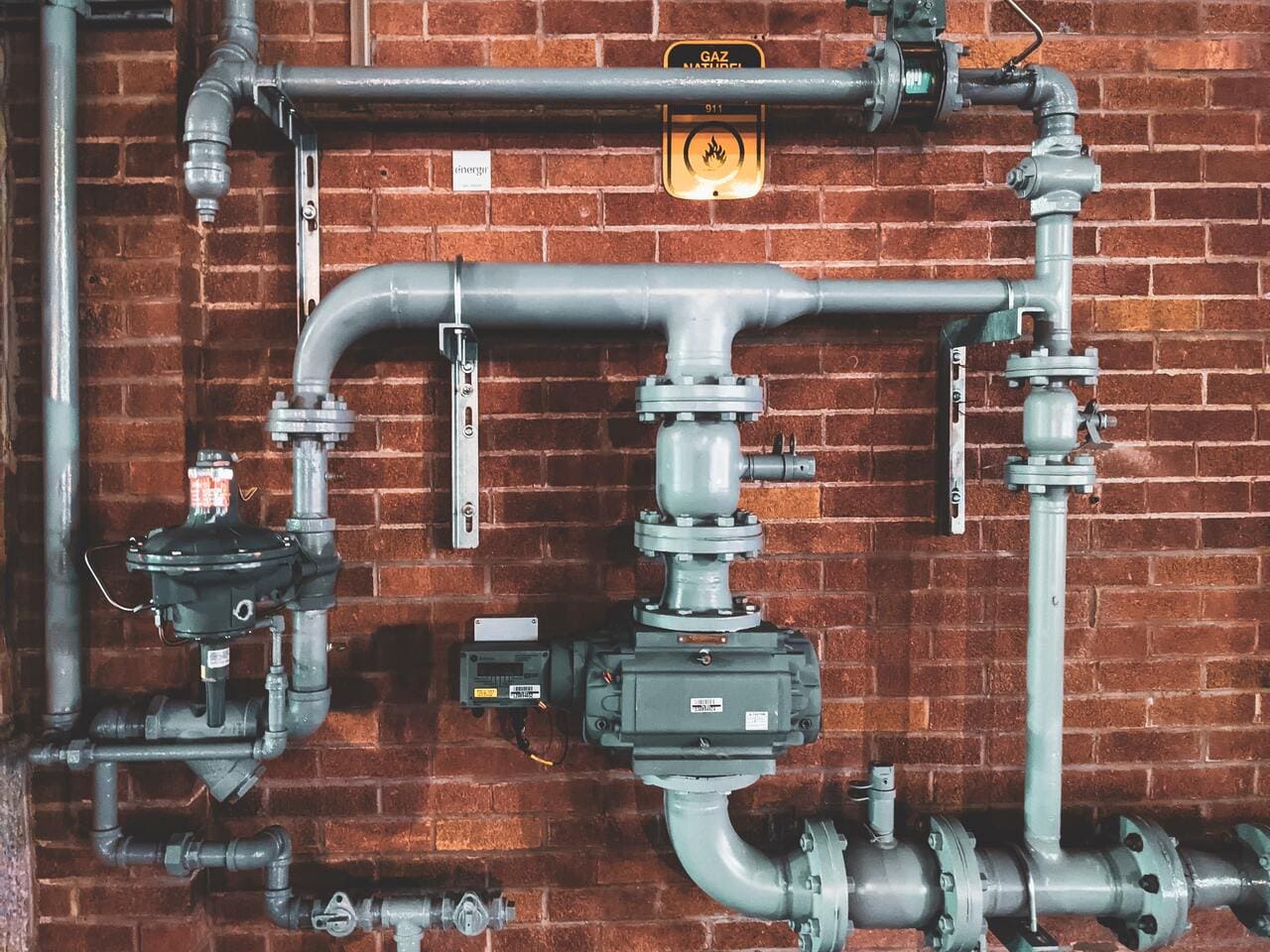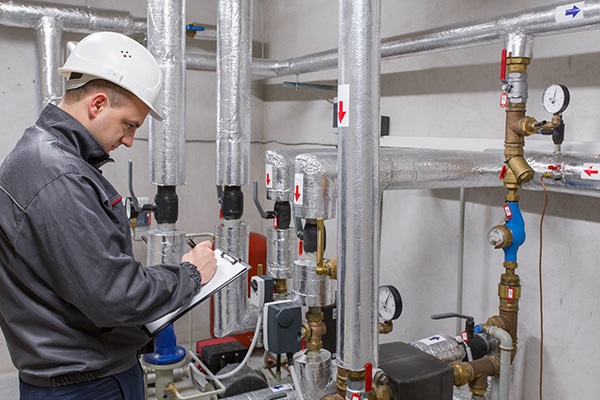How Plumbing is Evolving: Trends and Innovations
How Plumbing is Evolving: Trends and Innovations
Blog Article
We have stumbled on this great article about 7 Plumbing Industry Trends You Need To Know down the page on the web and concluded it made sense to quickly share it with you on this site.

Introduction
The pipes industry is undertaking a transformative stage driven by technical advancements and growing worries for sustainability and performance. This write-up checks out emerging patterns and developments shaping the future of plumbing.
Regulative Landscape
Regulative frameworks play a critical function in shaping the adoption of pipes technologies, with standards and codes regulating every little thing from water efficiency to product security. As innovations continue to progress, regulative bodies have to adapt to make certain consumer defense and environmental stewardship.
Future Overview
The future of pipes is characterized by continued technology and combination with other industries such as IoT, renewable resource, and building automation. By welcoming sustainable techniques, leveraging emerging innovations, and focusing on user-centric style, the pipes sector is poised to attend to the evolving requirements of culture while minimizing its environmental footprint.
Augmented Reality in Plumbing
Enhanced Reality (AR) innovation is transforming plumbing by providing technicians with real-time aesthetic guidance for fixing and repair jobs. AR-enabled smart glasses or mobile applications overlay digital information onto the physical setting, aiding plumbing technicians envision pipeline layouts, recognize surprise leaks, and execute repair services with accuracy.
Effect of 3D Printing
The introduction of 3D printing has presented new opportunities in manufacturing pipes elements. From custom-made fixtures to detailed pipeline fittings, 3D printing enables rapid prototyping and on-demand production, minimizing preparations and making it possible for greater personalization in plumbing design.
Health and Safety Features
In action to increased problems for health and wellness, plumbing fixtures are integrating features such as antimicrobial surface areas, touchless operation, and self-cleaning mechanisms. These developments not just improve health but likewise advertise user comfort and comfort.
Hygiene-focused Components
Touchless faucets, self-sanitizing commodes, and antimicrobial surface areas are becoming progressively prevalent in domestic and business setups, minimizing the risk of germ transmission and advertising a cleaner, much healthier environment.
Water High Quality Surveillance
Advancements in water high quality surveillance modern technologies allow house owners to keep track of the purity and safety of their water in real-time. Smart water high quality sensing units can spot pollutants, pH degrees, and temperature variations, encouraging customers to take proactive procedures to ensure water safety.
Remote Pipes Services
Remote diagnostics and virtual support are revolutionizing the means plumbing services are provided. With video conferencing and remote gain access to technologies, plumbers can repair problems, give support for DIY repair services, and also carry out remote inspections, offering higher ease of access and benefit to home owners.
Difficulties and Opportunities
While pipes advancements hold enormous assurance, they also present obstacles such as information personal privacy issues, regulative conformity, and the demand for labor force training. Resolving these challenges requires cooperation between sector stakeholders and regulative bodies to make certain risk-free and responsible execution of brand-new innovations.
Smart Plumbing Solutions
Integrating smart technology into pipes systems makes it possible for remote monitoring, leakage detection, and automated upkeep. Smart sensors and IoT (Internet of Things) tools enable house owners and plumbing professionals to check water usage and spot problems in real-time, bring about more efficient resource management and aggressive maintenance.
Water Efficiency Solutions
With increasing emphasis on water preservation, cutting-edge services are being created to minimize water wastefulness in pipes systems. High-efficiency components, greywater recycling systems, and wise watering controllers are amongst the technologies assisting consumers lower their water impact while maintaining convenience and ease.
Sustainable Materials
The shift towards sustainability includes pipes materials, with an expanding preference for green choices. Eco-friendly piping materials, such as PEX (cross-linked polyethylene) and HDPE (high-density polyethylene), offer resilience and resistance to corrosion without endangering ecological stability.
Anticipating Upkeep
Anticipating upkeep techniques take advantage of information analytics and machine learning algorithms to expect and protect against plumbing problems prior to they occur. By analyzing historic information and efficiency metrics, anticipating upkeep formulas can recognize patterns and abnormalities, allowing positive interventions to prevent expensive repair services and disturbances.
Verdict
In conclusion, the future of plumbing is defined by a merging of innovation, sustainability, and user-centric layout. By accepting smart options, sustainable products, and positive upkeep methods, the pipes market can boost effectiveness, promote security, and add to a more sustainable future.
Plumbing Industry Trends You Need To Know
Smart technology in plumbing
Homeowners want to be able to manage their homes from their phones. The technology exists to make that happen. From smart toilets to leak detector devices, the whole plumbing system can be managed on an interconnected network made up of sensors, IoT devices, and machine learning algorithms.
This allows for wireless control to turn appliances on and off, automate routines, and access advanced monitoring to track water usage and flag potential issues. Smart technology streamlines water consumption, maintenance and energy usage, creating a more efficient system.
Green plumbing
The data analysis possible with smart technology not only improves convenience and cost-effectiveness but also fulfills a high-priority customer desire – sustainability. Consumers are very aware of their impact on the planet and want plumbing solutions to reduce damage and support sustainability. Eco-friendly plumbing solutions are already starting to emerge.
Customers can opt for low-flow toilets, water-saving faucets, and connections to sustainable energy sources. Beyond monitoring water consumption, customers can conserve water through the installation of greywater systems. This is a system that collects water that has been used but is still clean enough for some household uses such as toilet flushing.
Shorter product pipeline
To keep up with modern plumbing, plumbers need modern tools that enable them to complete jobs more efficiently. One technology making strides in this area is 3D printing. By 3D printing key plumbing fixtures, plumbers can reduce wait times even for specialized fixtures. It minimizes delays often seen in traditional manufacturing that frustrate customers and prevent plumbers from taking on more work.
Off-site repairs
Augmented reality is making a splash in many industries including plumbing. Plumbers can map a building online so they can explore the plumbing system through augmented reality, identifying areas of maintenance and repair completely digitally. This technology can be applied quite widely in plumbers’ work including planning installations and training new recruits. It’s safer, smarter and more efficient.
Low-footprint materials
Another way for plumbing companies to reduce their environmental footprint and meet the customer demand for sustainability is by using recycled materials in their work. The products they source and manufacture such as pipes, fixtures and faucets can be made from recycled materials. This saves the planet while being just as effective.
Onsite water purification
Additionally, plumbing companies can be advocates of water conservation and ease the financial and environmental concerns of customers by offering water purification systems. New water purification technology such as reverse osmosis systems and UV systems make it possible for homeowners and business owners to thoroughly cleanse water, removing contaminants onsite. This means the water can be safely reused in more ways than greywater can be, establishing a water recycling loop.
Tankless water heaters
Another innovation of modern plumbing is tankless water heaters. The idea is that the water is heated on demand as it runs through the system instead of being heated in a water tank. This is more energy efficient and therefore cost-effective and eco-friendly because water isn’t heated needlessly.

As an avid reader on The Future Of Plumbing: Trends And Technologies To Watch, I figured sharing that excerpt was worth the trouble. Do you know another person who is sincerely interested in the topic? Take a moment to share it. Thanks for your time. Don't hesitate to stop by our site back soon.
Make An Appointment Report this page